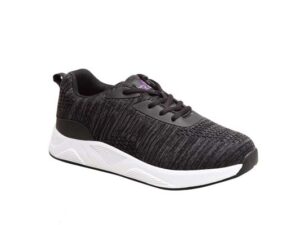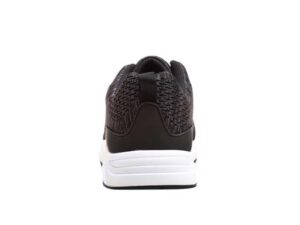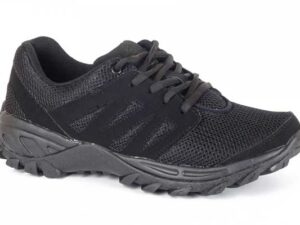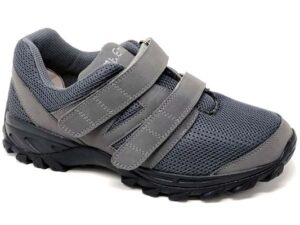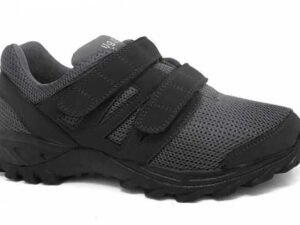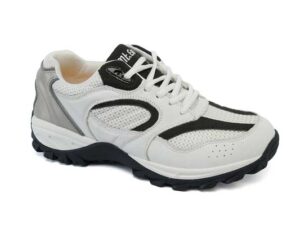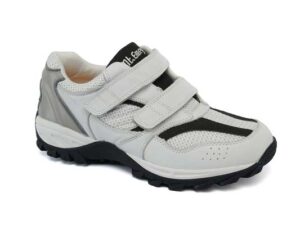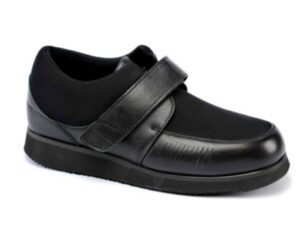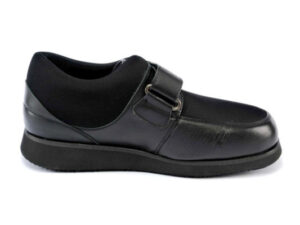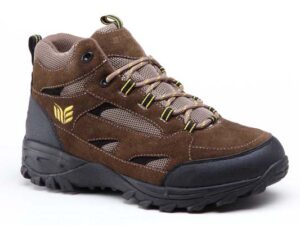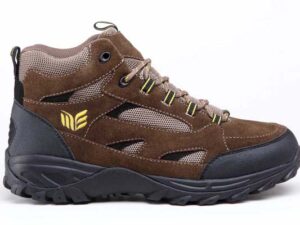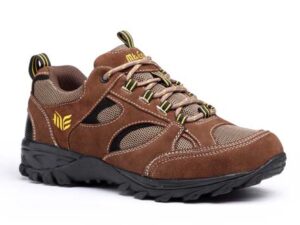When it comes to finding the perfect pair of shoes, individuals with wide feet often face a unique set of challenges. The search for comfortable, stylish, and well-fitting footwear can be daunting, but it’s essential for maintaining good foot health and overall comfort. This article delves into practical tips for those with wide feet, ensuring they can find shoes that not only fit well but also provide the necessary support for daily activities.
| Topic | Key Points |
|---|---|
| Understanding Wide Feet | Importance of recognizing wide feet needs, benefits of proper fit |
| Selecting the Right Shoes | Tips on choosing shoes with wide toe boxes, benefits of shoes designed for specific foot conditions |
| Importance of Proper Fit | How to measure foot size correctly, why a good fit matters |
| Brands and Options | Overview of brands offering wide width options, highlighting Apis, Propet, and Orthofeet |
| Maintaining Foot Health | Role of footwear in preventing foot problems, importance of selecting the right shoe |
Recognizing the need for shoes that accommodate wide feet is the first step toward improved comfort and foot health. Let’s explore how to make informed choices that cater to this specific requirement, starting with our first tip.
Quick Links
Understanding Wide Feet
Tip 1: Recognize Your Foot’s Needs
- Recognize the Need for Wide Toe Box and Adjustable Features: Understanding your foot shape and size is crucial. Wide feet not only need more room across the width but may also require shoes with a higher instep or deeper toe box to comfortably accommodate the foot’s shape.
Wearing shoes that are too narrow can lead to a myriad of foot issues including corns, bunions, hammertoes and more. When considering shoes for wide feet, it’s essential to look for features that enhance comfort and support:
- Wide toe box shoes
- Shoes with a roomy fit
- Flexible and breathable materials
- Adjustable closures, such as velcro for easy adjustment
This section underlines the importance of acknowledging and addressing the specific needs of wide feet to ensure lasting comfort and prevent foot issues.
Selecting the Right Shoes
Tip 2: Choose Shoes With Specific Features
- Select Shoes with Wide Toe Boxes and Supportive Features: Choosing the right shoes involves more than just opting for a wider size; it’s about finding footwear that complements the natural shape and contour of your feet.
For individuals with wide feet, certain characteristics in shoes can make a significant difference in comfort and foot health:
- Look for shoes with wide toe boxes, allowing toes to spread naturally.
- Select footwear with adjustable features, like velcro straps or laces, which can help accommodate changes in foot size due to swelling.
- Opt for shoes with supportive features, such as arch support and cushioned insoles, to minimize stress on specific areas.
By focusing on these aspects, you can ensure that your footwear choices not only fit well but also support your foot health in the long run.
Importance of Proper Fit
Tip 3: Ensure Accurate Measurement and Fit
- Measure Both Length and Width Accurately: A proper fit is paramount for anyone, but it’s especially critical for those with wide feet. Using tools and guides, such as DT Footwear’s Shoe Fitment Form, can help measure both the length and width of your feet correctly. For those with sore feet or foot discomfort during the day, this is crucial as our feet widen as we age.
Understanding shoe widths and opting for brands that offer a range of widths can greatly enhance comfort. Brands like Apis, Propet, and Orthofeet provide options from 6E to 14E, accommodating even the widest feet. Furthermore, considering shoes with the option for custom or heat moldable inserts can achieve a more personalized fit.
Did You Know?
Approximately 60% of participants in a study had a difference of more than 0.5 shoe size between their right and left foot, with estimates of 86% wearing shoes that were narrower than their feet.
Brands and Options
Tip 4: Focus on Brands Specializing in Wide Widths
- Explore Brands Like Apis, Propet, and Orthofeet: These brands are known for their wide width shoes, offering a variety of styles from athletic to dress shoes, and understand the unique needs of wide feet.
Apis Shoes, for example, are ideal for individuals with wide feet or specific foot conditions due to their extensive range of widths and deep toe boxes. Propet and Orthofeet also offer shoes with features like adjustable straps and removable insoles, catering to a variety of foot shapes and sizes.
Maintaining Foot Health
Tip 5: Prioritize Footwear That Fits Well and Supports Foot Health
- Choose Well-Fitting, Supportive Footwear: The right shoes play a pivotal role in maintaining foot health, especially for those with wide feet. Footwear that fits well and offers adequate support can prevent many common foot problems, ensuring that your feet stay comfortable and healthy over time.
By choosing shoes that are designed with wide feet in mind, you can enjoy daily activities without discomfort, reduce the risk of foot issues, and promote overall foot health.
Final Thoughts
For individuals with wide feet, finding the right shoes is about more than just comfort; it’s a crucial aspect of maintaining foot health. By understanding the importance of proper fit, selecting the right shoes, and considering brands that cater to wide feet, you can ensure your footwear supports your lifestyle and foot health needs.
If you’re looking for personalized advice on the best footwear for your wide feet, don’t hesitate to contact our Fitment Specialist. Our team is dedicated to helping you find shoes that fit perfectly, ensuring your feet are happy and healthy. Remember, happy feet lead to a happier life.
Best Selling Wide Widths Shoes
The DT Footwear Guarantee

Free shipping
We offer free shipping anywhere in the U.S.
Quick delivery from 10 US warehouses

Sizing Questions
Need help with sizing? Call, email, or text to speak to our Fitment Specialists.

BONUS Inserts
Receive up to 3 free BONUS inserts per shoe with your purchase. (Not available with all styles)
Disclaimer: Educational Information Only
The information provided here is for educational purposes only. It is not a substitute for professional medical advice or treatment, including any foot-related concerns. If you have any health issues or questions about your feet, please consult a qualified healthcare professional, like a doctor or podiatrist. Don’t ignore medical advice or delay seeking help based on what you read here or elsewhere. We’re not responsible for any harm caused by using this information. Everyone’s response to treatments can be different, and medical recommendations may change over time. If you experience a medical emergency or serious foot problem, seek immediate medical attention, or call your local emergency services. By using this resource, you agree to these terms and understand the importance of getting personalized medical advice from a qualified professional.

